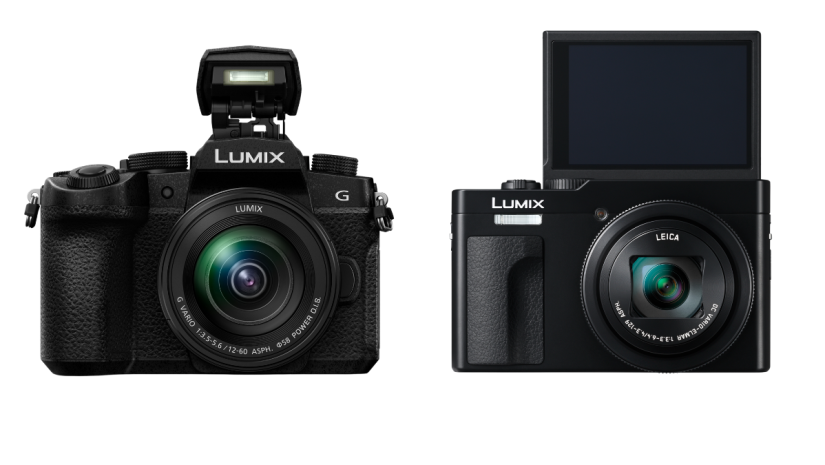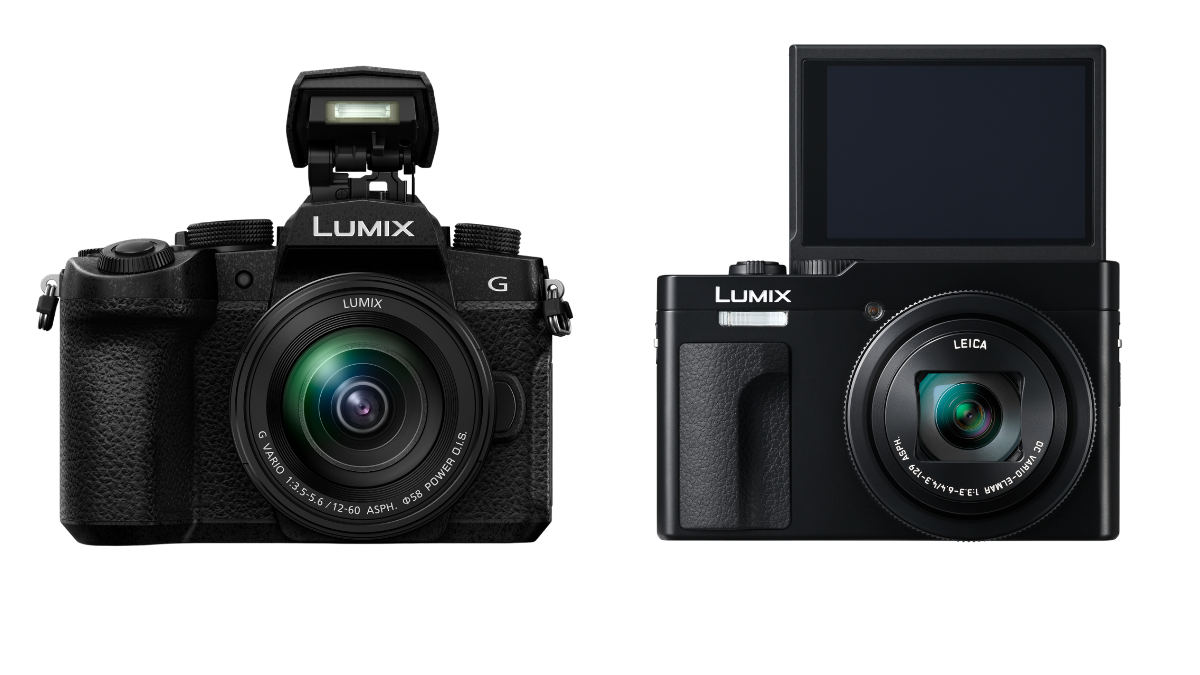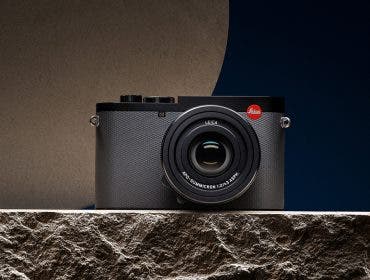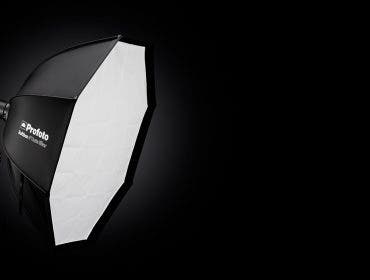Panasonic targets content creators and run-and-gun photographers with its two new LUMIX offerings. The LUMIX ZS99 is a point-and-shoot compact camera with a 24-720mm zoom lens. The LUMIX G97 is a Micro Four Thirds camera packaged with a 12-60mm kit lens. On top of expected specifications like 4k video capabilities, both cameras promise features for creative photography and video applications on the go in compact form factors.
Key Features
- 40k/30p video capture, 120fps video capture at 1080p
- Image stabilization
- High-resolution tiltable touchscreen
- USB-C connectivity
- Live View Composite Mode (G99)
What’s New
These two cameras aim at slightly different niches. While they share some elements in common, such as 4k video, image stabilization, and a tiltable touchscreen, their specific approach to these features diverge.
The ZS99 is positioned as a travel companion: a better camera with more features than the smartphone that is already in your pocket but with which it can easily send photos and videos for sharing with family and friends or on social media.
The G97 is aimed at content creators, pro users, and others who are looking for a flexible budget camera within the popular Micro Four Thirds ecosystem of lenses.
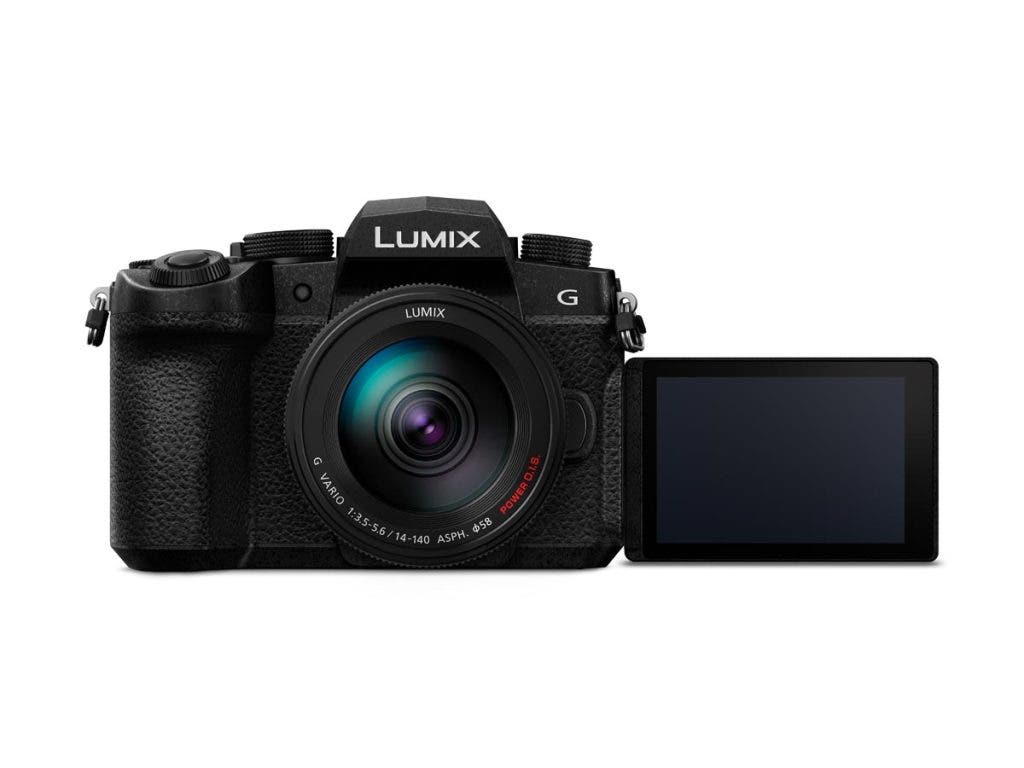
Video capabilities
The GS99 and G97 both boast 4k 30fps video capture. The ZS997 also includes a 4k photo burst mode at 30fps. The G97, appealing to content creators, has worked to reduce the risk of overheating to allow for recording without hardwired time limitations.
Both cameras can capture video at 120fps at Full HD resolutions. The G97 adds an additional 240fps shooting mode as well as V-log L support for high dynamic range.
Image Stabilization
Each of the two cameras features image stabilization, but they do so in different ways. The LUMIX ZS99 has 5-axis hybrid optical image stabilization (O.I.S.). The LUMIX G97 has a more advanced dual stabilization with 5-stop, 5-axis Dual I.S. 2 and B.I.S.
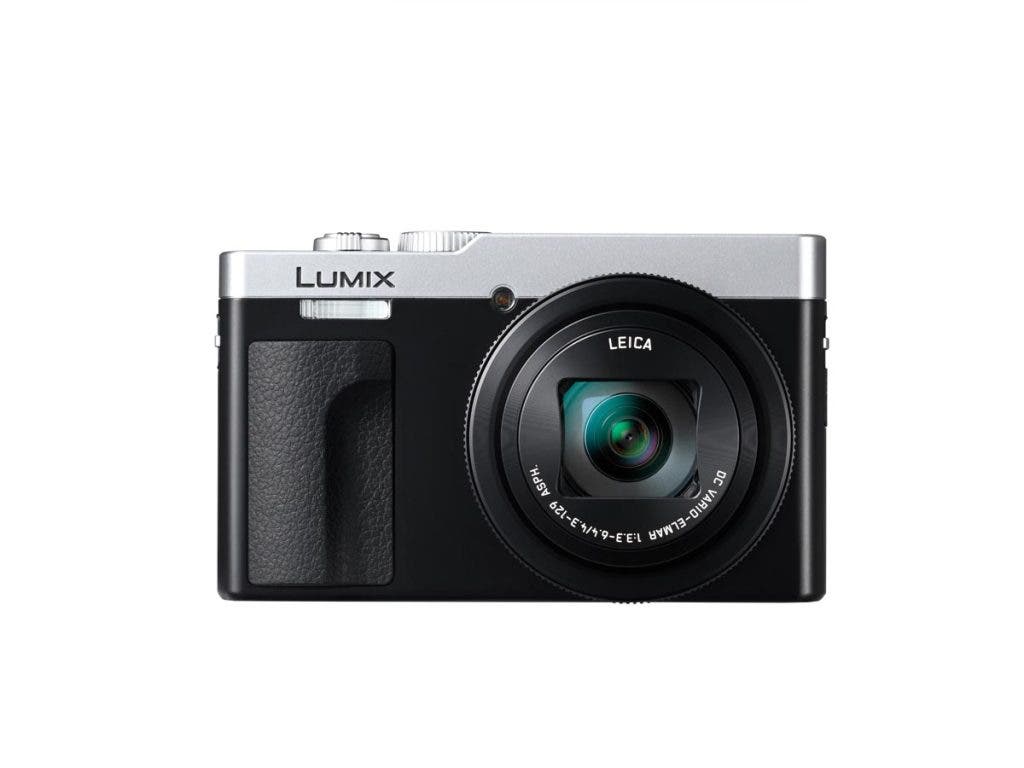
Touchscreen interfaces
Both cameras include similar, if not identical, touchscreens that can be titled at various angles for the best visibility in different shooting situations. Both screens are 1,840k-dot resolution for improved usability in bright light conditions. The G97 also has a 2.360k-dot OLED live viewfinder that the GS99 lacks.
Connectivity
Both cameras contain USB-C ports for charging and connectivity. The LUMIX ZS99, aiming for travel users, emphasizes its easy image sharing capabilities over wifi and Bluetooth.
Live View Composite Mode
I would be remiss if I didn’t mention the Live View Composite feature in the G99. This mode enables the camera to create one photo out of multiple exposures in real time. It enables you to create effects like star trails without overexposing different areas within the photograph.
In addition, the camera is capable of fine-tuning a variety of color effects in camera, alleviating the need for using outside applications, depending upon your use case.
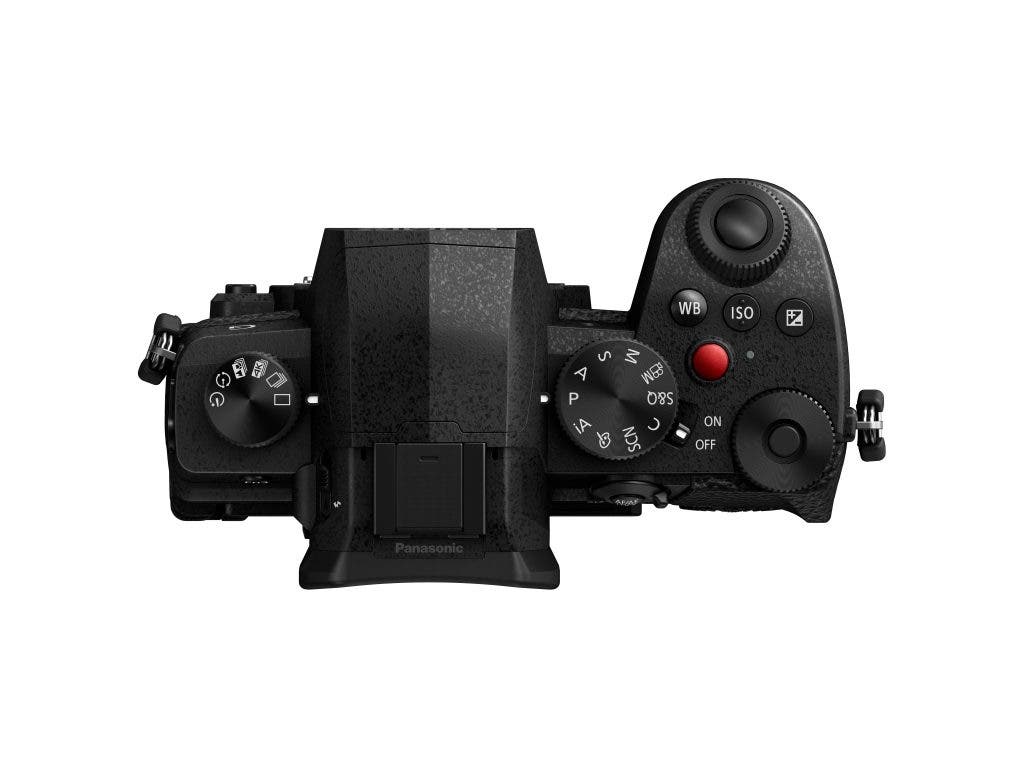
Who should buy this?
Two different cameras, two different related but not identical use cases. The LUMIX G97 clearly aims more towards the content creator crowd and pro users. These users are looking for a run-and-gun compact camera with features suited to their workflow and compatible with the popular Micro Four Thirds ecosystem of lenses. A big plus here is the ability to record video without time constraints. Nothing is worse than having your camera shut down from overheating in the middle of a shoot. This isn’t something that can be completely negated in a compact form factor. Still, any improvements to cut down on these sorts of stoppages are welcome. Extra image stabilization and shooting speed options are also important features for this class of users.
The LUMIX ZS99 aims to be the camera in your pocket, whether you’re on an adventure on the other side of the world or just down at your local park. It emphasizes flexibility with the LEICA 24-720mm lens, excellent image stabilization, and easy sharing of photos and videos from the camera to smartphones and other devices. What it lacks in features compared to the LUMIX G97, it makes up in its super-compact travel form factor that make it an easier camera to have on the go.

Final Thoughts
The Panasonic family of LUMIX cameras is a large one with many different branches holding offerings for different sorts of users on different types of journeys. These two cameras, the ZS99 and the G99 reveal some of the options and choices available depending upon where you, as a photographer and/or videographer, find yourself.
The ZS99 is geared towards being that camera in your pocket to capture moments on the go and share them, whether at a local sporting event, on a hike, or on an exotic vacation. If this is your use case, it is certainly worth giving a look.
If you need or want more than that, if you create content as a hobby or for a living, or just want more advanced features at your disposal, then the LUMIX G97 is probably more your speed. It is not quite as compact as the ZS99. However, having access to the literal mountains of micro four-thirds lenses is probably worth the extra size. This is especially true if you’re already invested in that ecosystem. On top of that, better image stabilization, the ability to record video for an extended time, and the high dynamic range make it appealing as a camera that you can take on the road but also use in your home studio as well.
The bottom line is ultimately the answer to the question: what do I want to do with my camera? Answer that and the choice of which one of these LUMIX offerings from Panasonic is best suited to your bag will become crystal clear.
